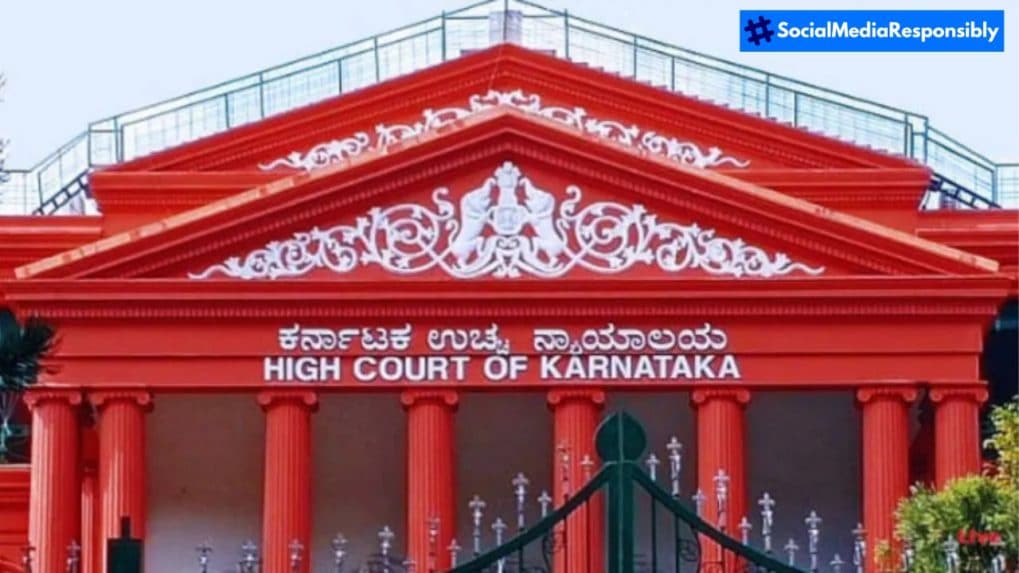Advertising
From Pink Slips to Silent Sidelining: Inside adland’s layoff and anxiety crisis

Karnataka High Court’s Justice M. Nagaprasanna has called out social media platforms for enabling harassment and gender-based violence online, while warning that India’s legal framework is ill-equipped to handle the scale of harm.
The judge noted that anonymity and distance offered by social media embolden perpetrators to “easily violate ethical and legal norms.” With cybercrime being transnational, he said, jurisdictional hurdles make enforcement daunting. “The women are, therefore, facing newer and harsher forms of violence in the digital space,” Justice Nagaprasanna observed.
Citing a World Bank report, he pointed out that only 30 percent of countries provide legal protection against cyber harassment, which means “only 47 percent of women receive legal protection.” He added, “Limited efforts are made to specifically address online violence against women and children across the globe. While developing and expanding technology, no emphasis is laid on assessing its impacts on human lives or to protect the vulnerable from the harms it may cause.”
The court noted shortcomings in how Indian lawmakers and enforcers approach online safety. “The paternalist approach followed by law-enforcement and law-making agencies focuses on morality and has failed to consider the concerns relating to the safety of women and children online,” he said. Referring to a viral video of women playing Holi in the Delhi Metro, he noted that the discourse turned into “morality versus vulgarity while ignoring the online safety aspects.”
Justice Nagaprasanna said the IT Act’s definition of privacy is too narrow, “encompassing only the transmission, publication, or capture of an ‘image of a private area of the body’ when more ways to violate one’s online privacy exist.” He warned that proving consent in cases of non-consensual image publication “remains a major hurdle.” The Digital Personal Data Protection Act, 2023, he added, is “riddled with controversies,” especially with the advent of deepfakes and AI breaches of personal data.
Platforms profit from bias
The judgment also put responsibility squarely on platforms. “Online platforms commodify the personal information of users by data mining,” Justice Nagaprasanna wrote, citing research that shows “racism and misogynist stereotypes are perpetuated” by digital algorithms.
He warned that the absence of checks and balances had already led to egregious incidents. Citing the “blatant violation of data security” in the fake auction apps ‘Bulli Bai’ and ‘Sulli Deals’, where women from a particular community were targeted, he said such episodes underline the urgent need for accountability.
The court also highlighted why women often hesitate to seek redressal. “Delay in getting justice, low conviction rates, lack of awareness of the legal procedure, absence of digital and legal literacy, difficulties in accessing justice, dwindling faith in the law, fear of engaging with the system, gender stereotypes in courtrooms, stigma, fear of defamation, and fear of retaliation all serve as barriers,” Justice Nagaprasanna noted.
He further flagged that “police are not trained enough to comprehend and implement the nuances of technical laws.” Even after the Supreme Court struck down Section 66A of the IT Act in Shreya Singhal v Union of India, he said, “the police continued to book the cases under this provision.”
Justice Nagaprasanna concluded that both lawmakers and platforms must move beyond tokenistic or paternalist measures. He stressed the need for survivor-centric provisions, systemic reform of law enforcement, and stronger accountability for platforms to effectively tackle online gender-based violence.
From purpose-driven work and narrative-rich brand films to AI-enabled ideas and creator-led collaborations, the awards reflect the full spectrum of modern creativity.
Read MoreLooking ahead to the close of 2025 and into 2026, Sorrell sees technology platforms as the clear winners. He described them as “nation states in their own right”, with market capitalisations that exceed the GDPs of many countries.